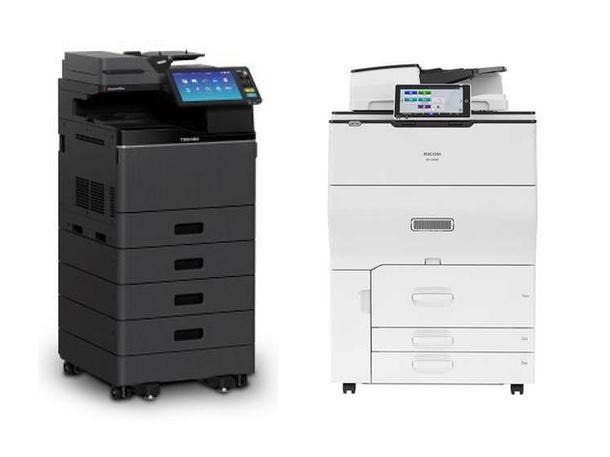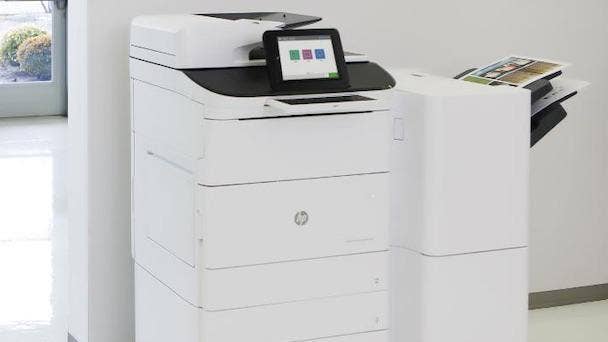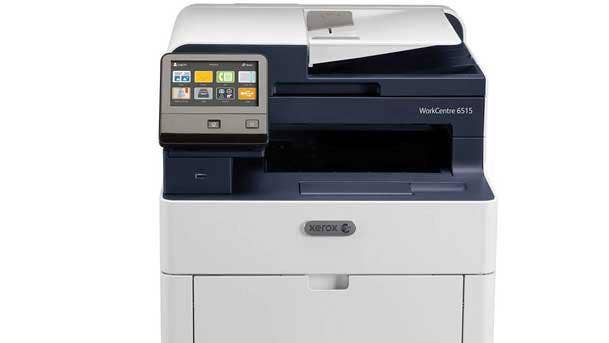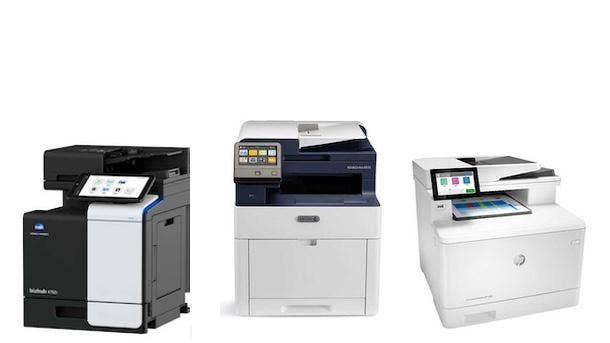Managed Print Services Outlook: 5 Key Takeaways
Managed print services providers see signs that office printing is starting to return, leading to revenue growth opportunities—but serving at-home print needs will continue to be crucial.

MPS In 2021
At St. Louis Park, Minn.-based solution provider Marco, the widespread closure of offices in 2020 did not put an end to the growth of its managed print services business. Instead of the usual 15 percent to 20 percent growth for Marco’s managed print services revenue in 2020, the company saw MPS growth of about 9 percent, said Dan Larkin, director of managed print services at the company. Other MPS providers fared worse. In some cases, this was because they weren’t able to include work-from-home printing under their managed print contracts, something that Marco was set up to do, Larkin said. “I’ve seen a lot of dealers that didn’t go to market that way historically that suffered really significant drop-offs last year because a lot of end users weren’t in the office printing,” he said.
While office printing is expected to rebound to some degree in 2021 as many offices reopen, a higher level of work-from-home—and at-home printing—is also expected to continue. That means both greater MPS opportunities related to office printing as well as a need for solution providers to adjust to serving home user printing needs—if they haven’t done so already.
As part of CRN’s Printer Week 2021, here are our five biggest takeaways on the managed print services outlook in 2021.

An ‘Uptick’ In Office Printing Ahead
Without a doubt, 2021 is expected to see an increase in workplace printing as more people return to the office at least part of the time. The North American market is “slated to actually see an uptick” in office printing this year compared with 2020, said Keith Kmetz, program vice president for imaging, printing and document solutions at research firm IDC.
However, “it’s not going to be huge,” Kmetz said. “And there will be a lower dependency on devices and pages [than before the pandemic]. It’s just going to change. I think companies are going to look at printing with more scrutiny.”
Thus, managed print services providers should be considering “where the market is now and what new opportunities are there—and how do I resume my business as best I can to cater to the changes that are taking place in the market?” Kmetz said. “We know that the office is going to look different.”
Managed print services providers that want to succeed in 2021 and beyond will need to adapt to the changes that have been initiated under the pandemic conditions—such as by meeting the evolving needs of both the office as well as the home user, Kmetz said. “The pandemic has introduced new ways to work and the future of work has materially changed,” he said.
What MPS providers should not be saying is “Let’s go right back to 2019,” Kmetz said. “Because if that’s what you try to do, you’re going to miss the boat. That market doesn’t exist anymore. It’s materially changed and adjustments are needed.”

Home Printing Under MPS Contracts
Several managed print services providers that spoke with CRN said they still were able to serve at-home users by bringing work-from-home customer printing under MPS contracts. For instance, at Marco, services such as remote help desk support for print are “part of the baked-in deliverable” for managed print services customers, Larkin said. One of the challenges for some MPS providers in serving work-from-home customers is in capturing the cost-per-page associated with at-home printing, he noted. But prior to the pandemic, Marco created a flat-fee billing model in which customers just make a monthly payment that covers everything, Larkin said. “That’s whether they’re printing through a network device, or if it was a locally connected home device that they still wanted support for,” he said. With the shift to work-from-home print, “that helped tremendously with our business,” Larkin said.
JustTech, a managed print services provider based in La Plata, Md., has also found demand for serving work-from-home print users. “We just added [home printing] right onto the existing contract that we had with them,” said Joshua Justice, president of JustTech. “We provided the same level of service as in the office. We masked up, delivered units, installed them, provided service if it was needed. We were really careful with our COVID protocols.”

‘Strong’ Outlook For MPS
The return to the office—and continuance of at-home printing under managed print services contracts—is leading to an improved outlook for MPS in 2021, solution providers said. At JustTech, revenue is expected to rise 20 percent in 2021 after being flat last year. “As print volumes return, we should be stronger than ever,” Justice said. “I think our revenue is going to shoot up like a rocket.”
Likewise, at Marco, Larkin said that the forecast for managed print services in 2021 “is very, very strong from a volume perspective, from a unit perspective, from an overall needs perspective. … I’m very optimistic for MPS.”
For many companies, Larkin said, print is “still very much integral in the workflow of the business. And I don’t see that changing anytime soon.”

March Was The Turning Point
Amid the vaccine rollout, optimism has been increasing about returning to offices and schools, managed print services providers told CRN. And that has meant more demand for print and print services. At JustTech, Justice (pictured) said that print volumes at customers in March began to recover to a greater degree than he was expecting. “March was really the turning point,” he said.
Overall print volumes for 2020 were down about 40 percent for JustTech compared with the year before. That included a 60 percent drop during April-June of last year, and a 35 percent decline during the second half of the year. Print volumes then fell 45 percent during January and February, which was a steeper drop than Justice expected. “It was the COVID winter, and so many people were staying home,” he said. “But March‘s print volume grew 44 percent over February. Now it’s only down 17 percent from pre-COVID levels. And we’re not out of COVID yet—so I think that’s positive.”

Making WFH Part Of The Offering
In 2021, Larkin said that managed print services providers ought to expand their offerings to include work-from-home users—if they haven’t already done so. “I would say if they didn’t consider [work-from-home print strategies] last year that they would be foolish not to consider them this year,” he said.
Managed print services providers ought to bring a “true hybrid approach” to serving customer needs going forward, said Mark Romanowski, executive vice president of sales and marketing at Port Washington, N.Y.-based Agilant Solutions. “More and more of the workforce is becoming ‘hybrid.’ And I think that’s going to be the future,” he said.
Ultimately, “I think all of us need to completely adjust to whatever the new reality will be,” Romanowski said. “Because it will be a hybrid approach. And people will be able to print from home and in the office—and from anywhere.”